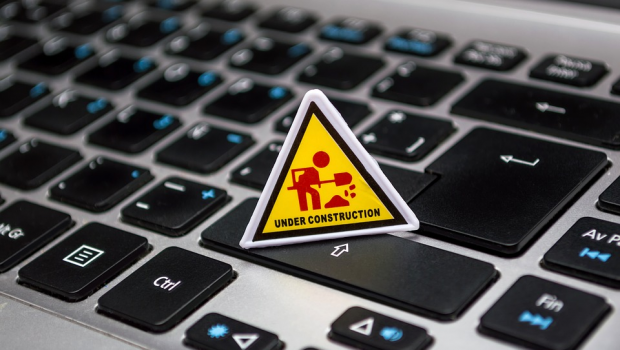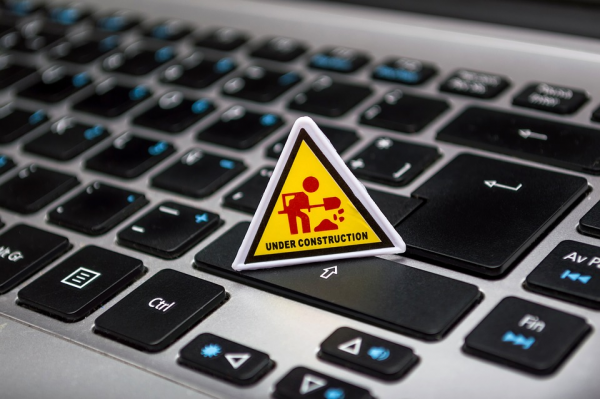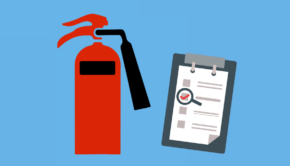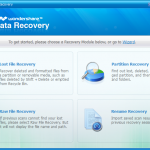Workplace Injuries Happen Even in Tech: Here’s What You Can Do
When we think about workplace injuries, we usually don’t think about getting hurt at our tech job. Instead, we typically imagine incidents happening at warehouses, industrial plants, and constructions sites. However, believing that accidents cannot possibly occur in the safety of the office can only lead to trouble.
It is important to be proactive and keep an eye out for potential dangers around the office, as well as be aware of your surroundings and understand what you need to do if an incident were to occur. Here are some common issues that can happen at the office and what you can do about them.
Image Source: Pixabay
Common Workplace Injuries
Although there usually isn’t much manual labor necessary in tech jobs, accidents can still happen. The most common office injuries are falls, trips, and slips, usually due to the misuse of office equipment or a lack of maintenance around the workplace. To avoid trips and falls, make sure that all cords are secured, all drawers are closed, and all wet floors have proper signage until the spot is dry and safe for foot traffic.
We think that we are safe in the comfort of our office chairs, but this is also a place where injuries can be prevalent. Having our hands and wrists in the same place for extended periods of time while using a mouse and keyboard could lead to carpal tunnel. To limit the negative effects of these actions, employees should take a few minutes every hour to stand and stretch. They should also take a mental health day now and then to take a break and avoid excessive strain from repetitive motion.
Further, staring at the screen for too long can lead to eye strain — a common problem for office workers. Avoid eye strain by stopping every 20 minutes to look at an object 20 feet away for 20 seconds. Further, if you wear contact lenses, poor indoor air quality can cause deposits to build up on your contact lenses, potentially causing blurred vision and eye irritation. Management must assess if air quality is a problem, and if so, improve ventilation and/or add an air purifier.
The office chair itself can be dangerous and lead to chronic back problems if it does not supply enough lumbar support. When sitting in an office chair, adjust the seat so that your feet are flat on the floor and your knees are in line with your hips. You should sit up straight with the back of the chair reclined to a maximum of 110-degrees. The chair itself should have a backrest that supports the natural curve of the spine, and it should have adequate padding on the seat and back.
Safety for Your Drivers
If you are supplying tech to your customers through shipments, you also want to ensure that your truck drivers have what they need to get from point A to point B as safely as possible. In most cases, whenever a truck driver is injured on the job, it is usually related to vehicle malfunction or driver fatigue. Perform regular inspections on delivery vehicles and have the reports carefully filed for future reference. If there is a mechanical issue, have it fixed before any employee operates the vehicle.
Modern fleet technologies can also greatly improve driver safety by sending alerts to fleet managers regarding drivers’ well-being. You never know what dangers the open road might bring, so many transportation companies are using app-based alert systems to their vehicles. These are alerts that can notify the driver of dangerous weather, delays, and can create a safe and speedy reroute if a car accident or other obstruction is ahead. Driver fatigue can affect everyone, so encourage the drivers to get enough sleep and pull over if they are getting tired.
If your company hires installers for work in industrial or residential areas, keep their safety in check as well. When installing computer hardware, remind installers to shut down equipment before working, unplug the machine if necessary, and use caution if they notice smoke or strange smells coming from the device. If they use ladders for their job, make sure that they are inspected regularly, that you use fiberglass to avoid electrocution, and that installers never stand at the very top of the ladder.
What to Do if an Injury Occurs
Employers and employees alike should be informed of what they need to do if they are hurt on the job. Employees who are injured should immediately report the issue to their supervisor, in writing, with as much detail as possible about the incident. If an injury warrants a doctor’s visit, an appointment should be made as soon as possible.
Both employee and employers should be aware of the workers’ compensation process. When an incident happens, the employer should provide the proper documentation, and after it is filled out in its entirety, both parties should keep a copy as your human resources team takes the next steps with your company’s insurance provider. After that, the insurance company will decide if the claim goes forward or if it is declined.
Regardless of if the claim is approved or not, always welcome the employee back when they are able to return to their job, as terminating an employee for filing a claim could lead to future litigation. The most important thing to do after an incident is to be proactive in preventing it from ever happening again. Regularly inspect your equipment and take the time to educate employees about the potential dangers around the office.
While companies want only the best for their employees, accidents can happen. The critical part is keeping on top of common workplace dangers so everyone can work as safely as possible.

















